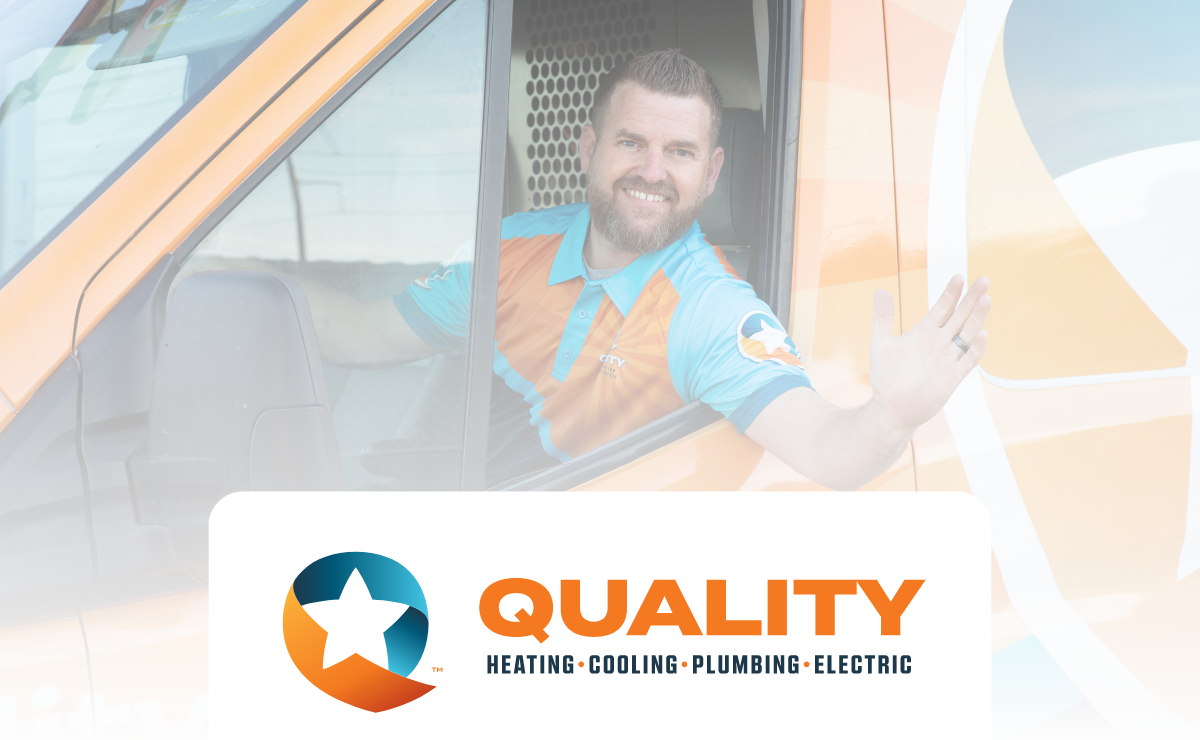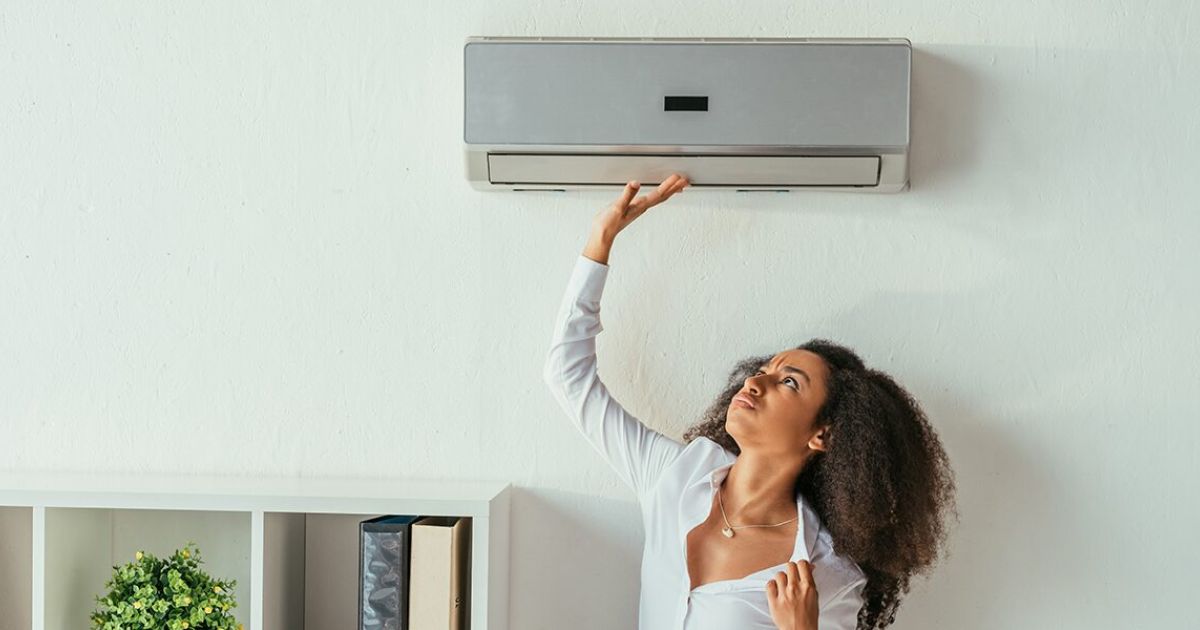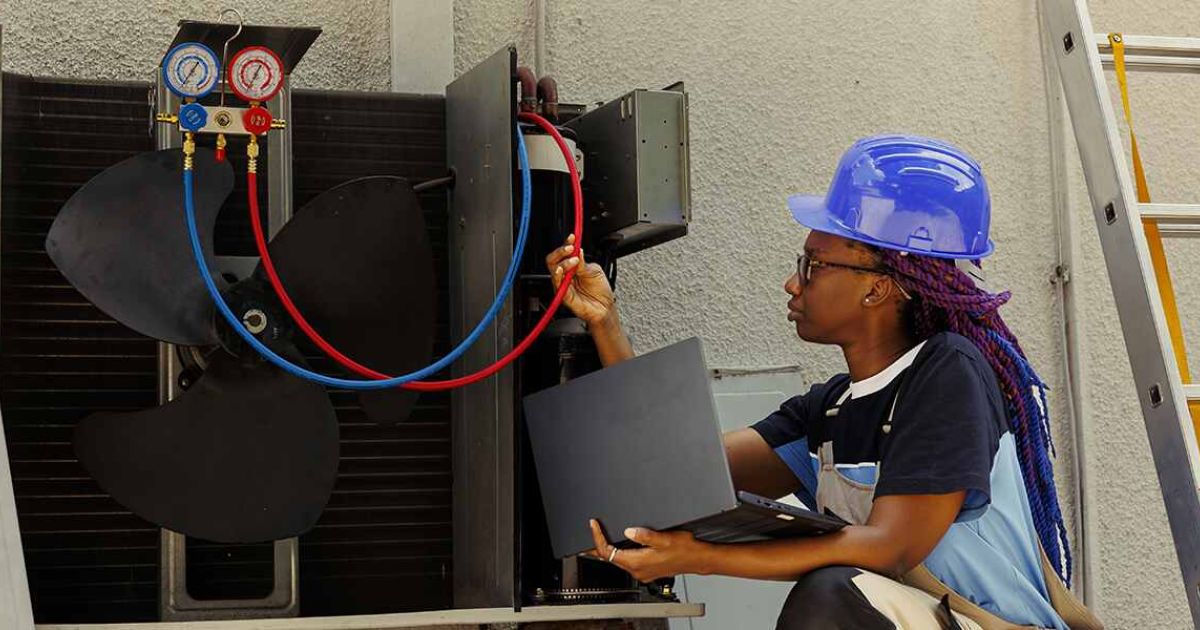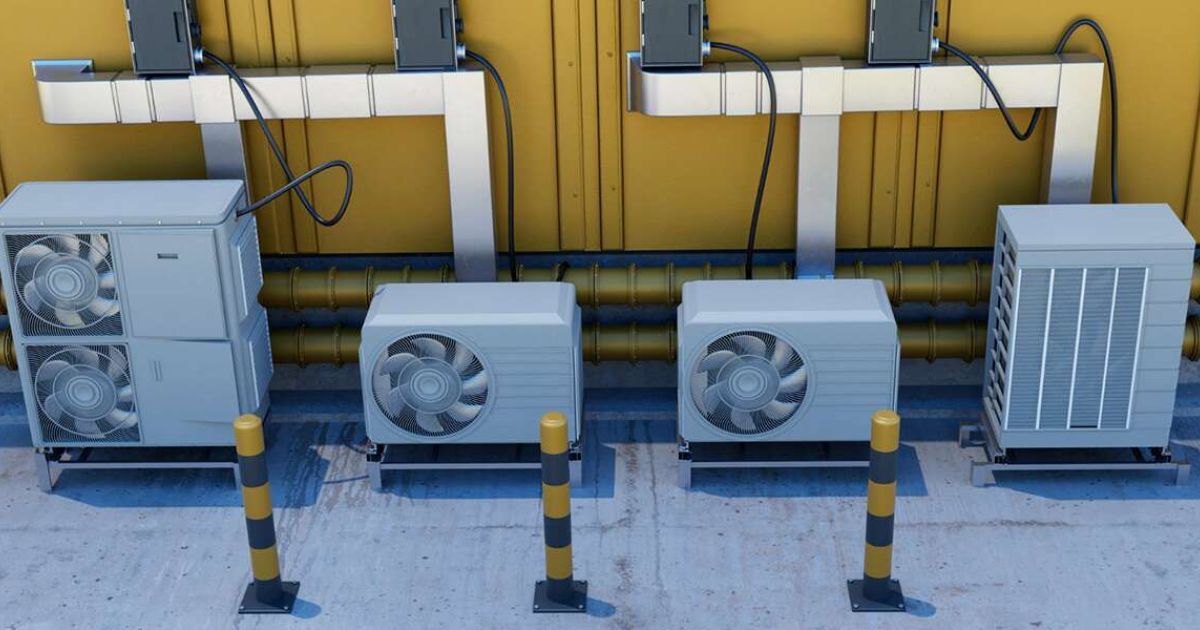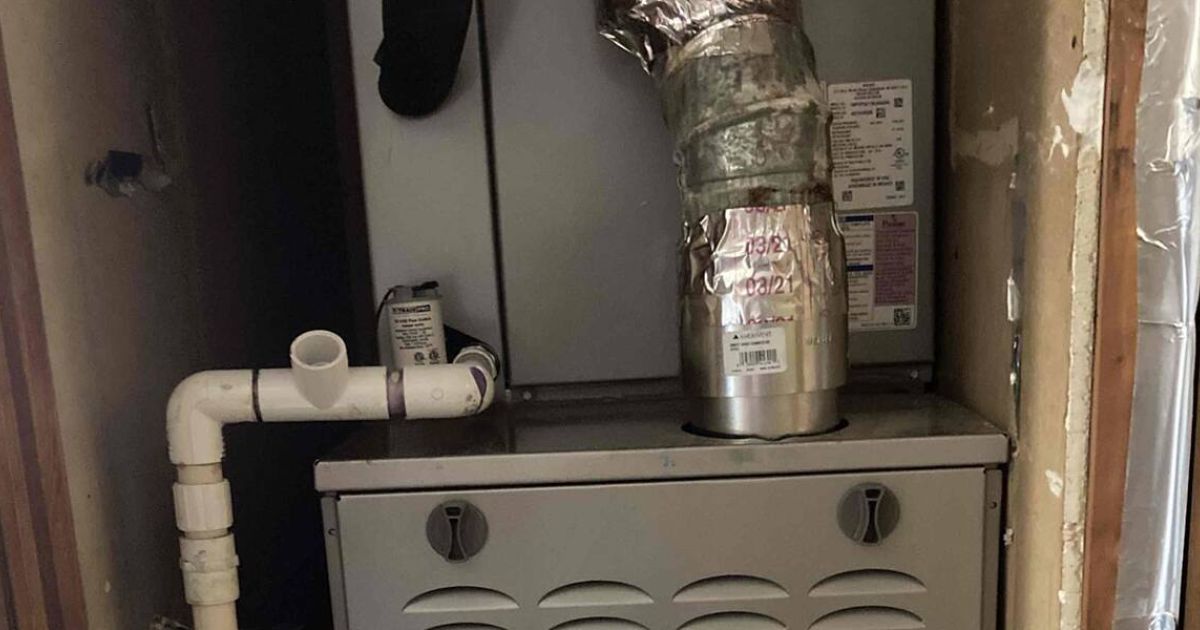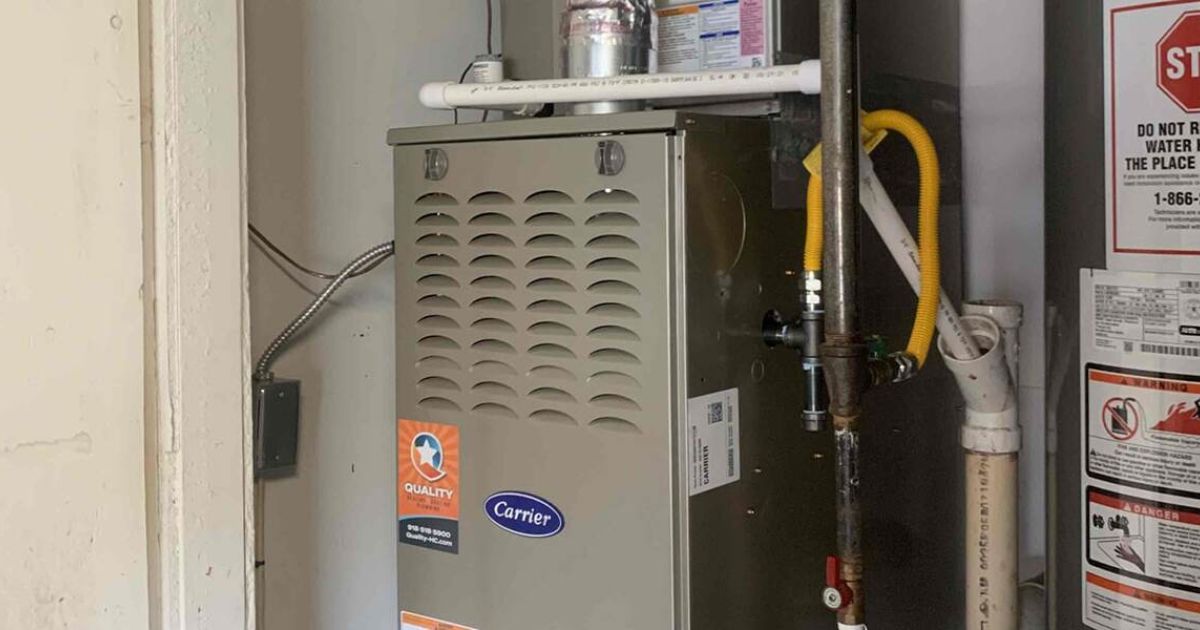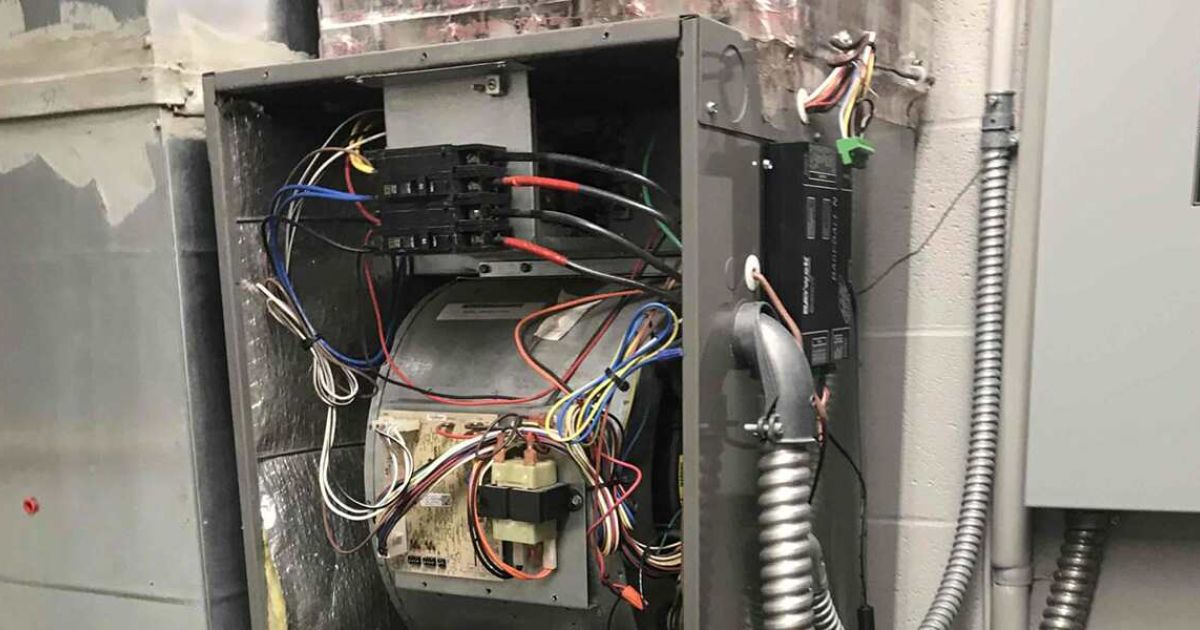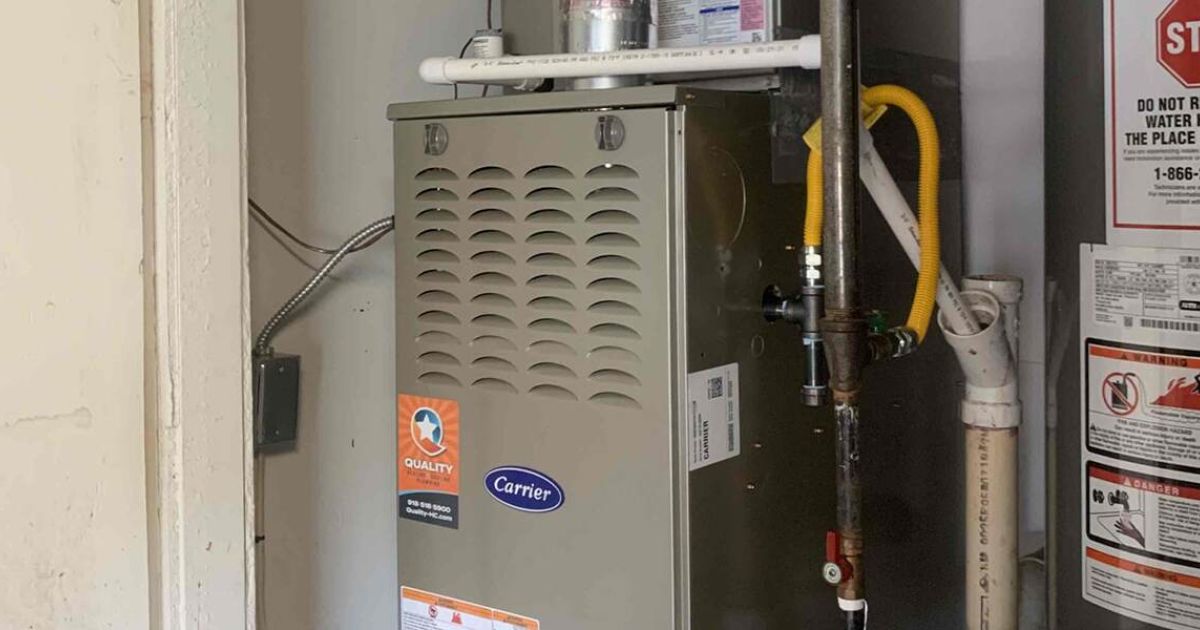
Keep your furnace working when you need it most. Contact Quality Heating, Cooling & Plumbing to schedule furnace repair or maintenance services.
You’re probably aware of the basic process your furnace uses to produce heat throughout your home. However, many homeowners have limited knowledge about certain components within the furnace, such as the limit switch. If you’ve ever wondered, “What does a furnace limit switch do,” this guide will provide an in-depth answer.
Discover the crucial role this piece plays in keeping your furnace operation safe. Learn more about furnace limit switches thanks to the HVAC (heating, ventilation, and air conditioning) experts at Quality Heating, Cooling & Plumbing. Contact our specialists when you need a reliable heating and cooling company in Tulsa.
How Furnaces Heat Your Home
Do you know how a furnace fills your home with heat during the coldest months of the year? The process begins with a fuel source, such as natural gas, and burners to spark a flame and create heat. From there, the following takes place:
- The flame burns in the combustion chamber to produce heat and fumes.
- Hot air passes through a heat exchanger to remove gas fumes.
- Heat then travels to the motor blower to distribute it throughout your vents.
- The process repeats until your home reaches the temperature on your thermostat.
Many people think that the thermostat is the only temperature control element HVAC systems use. However, a furnace limit switch proves equally important.
What Does a Furnace Limit Switch Do?
The limit switch is essential for overall furnace safety. Its main function includes controlling the temperature of the furnace and bringing it down if it gets too high. Without this component, your home could face the risk of a fire or severe furnace damage due to the system overheating.
It helps to understand a basic breakdown of a normal heat cycle and how the limit switch works:
- You power on your furnace by turning up the temperature on your thermostat.
- The furnace burners begin the process by heating air in the plenum, a chamber that holds heat before distributing it through your vents.
- The furnace will continue to heat the plenum until it reaches your desired temperature and then transfer heat through your duct system.
- The limit switch monitors the temperature and shuts down the burners if the furnace starts to overheat.
- A blower fan activates to cool the system down to a safe temperature.
- After the furnace is at a safe temperature again, the limit switch triggers the burners to repeat the process.
Without a functioning limit switch, a furnace can put you in harm’s way. A fire can break out due to overheating. This becomes especially dangerous when combined with pressurized gas flowing into the burners.
Overheating can also cause the heat exchanger to break. This exposes you to carbon monoxide gases, which can cause serious health effects.
Regular furnace maintenance keeps the limit switch working properly and ensures your safety every time you heat your home. Technicians will check all components of the system, including the limit switch, and perform repairs if something is wrong. This helps keep your heating system operating efficiently and can extend its lifespan.
Signs Your Furnace Limit Switch Is Starting To Fail
Along with “What does a furnace limit switch do,” one of the most common questions homeowners have about this component is, “How can you tell your limit switch is failing?” Look out for the following signs that it needs repairs:
- The system suddenly stops before reaching your desired temperature, also known as short cycling.
- The furnace blowers keep running.
- Cool air comes out of your vents instead of heat.
While these issues may be frustrating, you can have peace of mind that the limit switch continues to keep you safe by preventing the furnace from getting too hot. However, you don’t want to spend the frigid winter months in a cold house because your limit switch activates too often or when it doesn’t need to cool the system down. Let a licensed technician inspect the furnace and perform repairs so you can enjoy reliable heating when you need it most.
Why Furnace Limit Switches Fail
Your limit switch may start malfunctioning on its own due to wear and tear over time. However, a few other causes may be responsible for the heating issues. Discover what else causes your limit switch to quit working as it should.
Dirty Sensors
The limit switch monitors the furnace’s temperature through a sensor. If grime covers the sensor, the switch can’t properly read the temperature and causes the system to short as a precaution.
Lack of Airflow
Limited airflow within your heating system can cause the switch to trip. Blocked vents and clogged air filters can restrict airflow, so it’s vital to make sure heat can travel throughout your home.
What To Do if Your Furnace Limit Switch Malfunctions
Although you now know the answer to “What does a furnace limit switch do,” you might be wondering what to do if this heating component fails. Take the best course of action and contact a professional HVAC contractor at the first sign of an issue. They can repair or replace the switch so that it functions properly.
They will also remind you of ways to keep your system in excellent condition, such as:
- Changing your air filter every one to three months
- Keeping vents open and clean
- Scheduling regular maintenance
Contact Quality Heating, Cooling & Plumbing for Superior HVAC Services
After reading through this information, you no longer have to ask, “What does a furnace limit switch do?” Understanding this part of your heating system can help you keep your furnace operating safely. If you have other questions regarding your heating system, such as if running a furnace without a filter is safe, turn to the experts at Quality Heating, Cooling & Plumbing.
We can assess your HVAC system, answer any questions you have, and get all components working properly thanks to our repair and maintenance services. To schedule a furnace inspection, contact our friendly specialists in Tulsa at 918-393-4577.

Cassie Pound is the Vice President of Quality Heating, Cooling, Plumbing & Electric with locations in Tulsa, Glenpool, and Bartlesville, Oklahoma.

